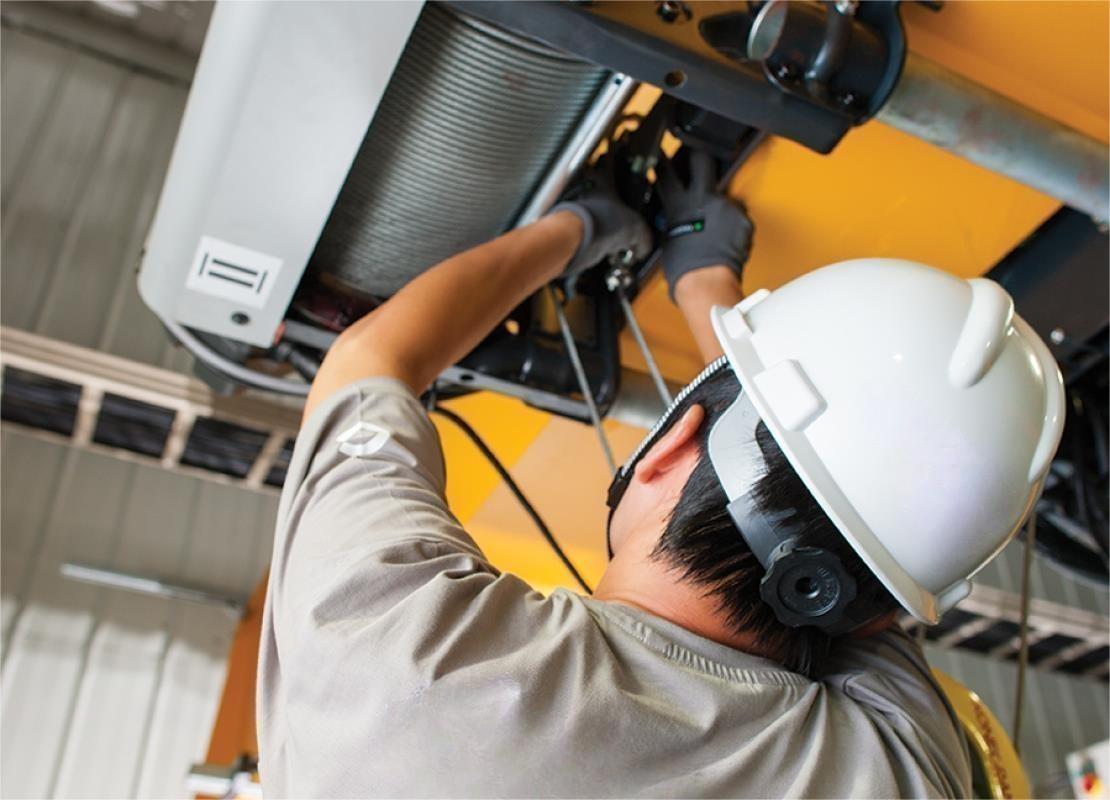Is your facility's crane operation running at peak performance, or is it a hidden liability? Proper crane maintenance isn't just a recommendation; it's a critical component of operational safety, productivity, and your bottom line. Neglecting it can lead to catastrophic failures, costly downtime, and severe safety hazards.
This comprehensive guide will walk you through the essential types of crane maintenance and how a proactive partnership with a professional service provider can transform your asset management.
Why Crane Maintenance is Non-Negotiable?
Regular and thorough crane maintenance is the backbone of any industrial operation. It directly impacts:
Workplace Safety: Prevents accidents and protects your most valuable asset: your personnel.
Asset Reliability: Minimizes unexpected breakdowns and ensures consistent performance.
Cost Reduction: Slashes expensive repair bills and avoids production stoppages.
Longevity: Extends the service life of your crane, protecting your investment.
Regulatory Compliance: Ensures adherence to OSHA and other local safety standards.

The Three Pillars of a Successful Crane Maintenance Program
1. Daily/Pre-Shift Inspection
This first line of defense is conducted by the crane operator. It involves a visual check for obvious signs of wear or damage.
Focus Areas: Wire Rope (for broken wires), Hook (for deformation), Brakes (for responsiveness), and Safety Latches.
2. Preventive Maintenance (PM)
This is the scheduled, proactive heart of any crane service program. PM involves systematic servicing and inspection at regular intervals (weekly, monthly, annually) by certified technicians.
Focus Areas: Lubrication of all moving parts, Electrical System check (contactors, relays), Hoist Mechanism inspection, and structural Crane Inspection for cracks or deformation.
3. Corrective & Predictive Maintenance
While PM aims to prevent issues, these strategies address them as they arise or before they happen.
Corrective Maintenance: Repairs performed after a fault is detected. The goal is to minimize crane downtime.

Critical Components Demanding Attention
Your crane service provider should pay special attention to these high-wear components:
1.Wire Rope & Hoist System: The core of lifting operations.
2.Brakes & Controls: Essential for safe load handling.
3.End Trucks & Wheels: Critical for smooth travel and alignment.
4.Electrical Components: Motors, VFDs (Variable Frequency Drives), and contactors.
5.Structural Integrity: The main girder and end connections must be sound.
The Importance of Crane Inspection & Certification
A formal crane inspection by a qualified professional is not just best practice—it's often a legal requirement. Regular inspections lead to crane certification, providing documented proof that your equipment is safe for operation.
HI! Partner
Henan Yuntian, as a contemporary manufacturing leader, has consistently focused on cutting-edge technology and development in the lifting equipment industry. We invite you to get in touch for professional services including customized crane selection, accurate pricing, and technical design drawings tailored to your needs.
GET A QUOTE
sales@sgycranes.com
Phone:
+86-373-3055523
+86-17337353108












